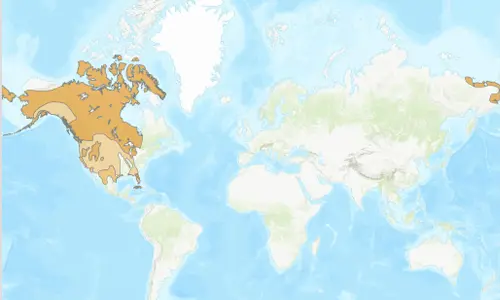Red-crowned Crane: hereâs the scoop
threats
A major threat to this species is the loss and degradation of wetlands in its breeding and wintering grounds, principally for conversion to agriculture, but also aquaculture, industrial and economic development. Pollution, environmental contamination, invasive species, disease outbreak at feeding stations, and loss of habitat due to climate change also affect red-crowned crane populations
Committed to Conservation
The Buttonwood Park Zoo participates in the Association of Zoos and Aquariums Species Survival Plan (SSP) for Red-crowned Cranes. The goal of the SSP is to cooperatively manage animal populations within AZA accredited zoos to ensure the sustainability of a healthy and genetically diverse population while enhancing the conservation of this species in the wild.
Species
Red-crowned Crane
Scientific name
Grus japonensis
Habitat
Coastal salt marshes, rivers, freshwater marshes, wet grasslands, rice paddies and cultivated fields
Diet
âInsects, aquatic invertebrates, fish, amphibians, small mammals, reeds, grasses, heath berries, and corn
life expectancy
30 â 50 years
Did you know?
The red-crowned crane is one of the worldâs largest cranes. It stands five feet tall, has a wingspan of up to eight feet and weighs 15 to 26 pounds!

Range
Northeast China, eastern Japan, Mongolia, southeastern Russia, and Korea
Conservation status
 Vulnerable